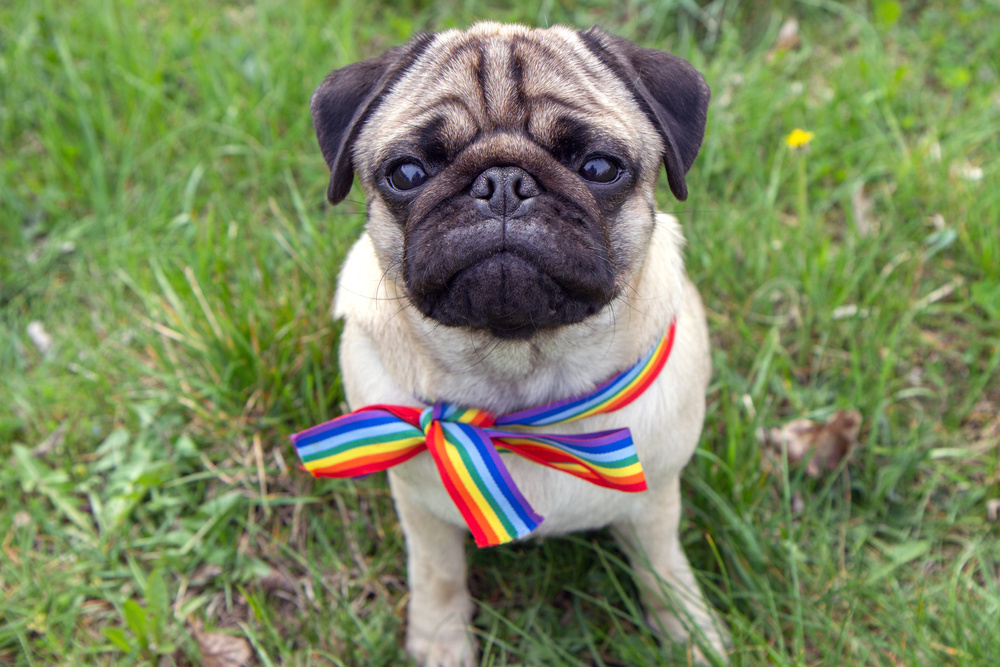Not everyone is in a position where it is wise or safe to come out as gay, lesbian, trans, or bisexual—but for those who can, it is a heroic and revolutionary act. We’ve known that since Harvey Milk campaigned for gay people to make themselves visible to their families and general public: the more stereotypes are met as actual people, the less we fear what is different. There has been an incredible shift in acceptance over the last 30 years and Bennett Singer, co-author of LGBTQ Stats: Lesbian, Gay, Bisexual, Transgender, and Queer People by the Numbers, puts it down to two primary things: media visibility and data collecting. Mainstream TV has steadily increased its positive portrayals of LGBTQ people, and prominent personalities like Ellen Degeneres are given prime time spots. Progress can also be measured by statistics, which increasingly reflect those people who have the courage to come out, and their families and friends who can now answer surveys more honestly. “Back in 1985 it was 24 percent of Americans who said they knew an open gay or lesbian person,” says Singer. “By last year that had shifted up to 88 percent.” Conducting these surveys is only half the power of them however, the rest is in the reporting of those stats. Acceptance works through a cycle of reminders and awareness, says Singer: “Growing awareness and growing reporting of this awareness leads to greater acceptance.” Bennett Singer’s most recent book is co-authored with his husband, David Deschamps: LGBTQ Stats: Lesbian, Gay, Bisexual, Transgender, and Queer People by the Numbers.
Bennett Singer: When you look at public opinion, one of the clearest markers of how dramatically things have shifted is the number of people who say that they know an openly gay or lesbian person.
Back in 1985 it was 24 percent of Americans who said they knew an open gay or lesbian person. By last year that had shifted up to 88 percent.
And so, we actually dedicated the book—it’s a statistics book, but we dedicated the book to an unknown number, which is the number of people who have had the courage to come out. And that’s an impossible number to document or quantify. But I think it is the starting point for the revolutionary progress that has been made.
Harvey Milk and other pioneers of gay and lesbian liberation made that basic point that coming out was a first step towards greater equality because visibility would lead straight Americans to understand and accept and embrace and advocate for equality for LGBT folks. And so this movement toward acceptance I think is completely intertwined with the growing visibility and the openness and the honesty that LGBT folks have embraced.
I do think data collection and the dissemination of survey results and polls is really important. At the same time I think if we’re talking about what the single most important factor might be, in terms of the revolution toward greater equality for LGBT people, I think you’ve got to look at the media and the idea that media portrayals have shifted so dramatically. That’s one of my favorite chapters in the book actually, the section on film and TV and other forms of media, which when you look at early television portrayals in the '70s and '80s there were occasional gay and lesbian characters, but generally the laughing stock of any given show. And the very first gay couple was on a Normal Lear series called 'Hot L Baltimore' about this hotel in Baltimore. That program wasn’t even broadcast in Baltimore and it was canceled after a handful of episodes, and it was preceded by this warning, you know, to make sure parents didn’t allow their children to be corrupted by the morally questionable content. And so you fast forward from that to something like 'Will & Grace' or 'The Ellen DeGeneres Show' where you have open gay and lesbian characters actually living their lives.
And people can quibble—and I think for good reason—with some of the portrayals, but when you look at the overall trend, just the very fact that mainstream television and network television is showing and embracing healthy, gay characters in committed relationships and in a really positive light, I do think that has been fundamental to the changes we’ve seen.
And then I also think that the ongoing collection of data through organizations like Gallup and the Williams Institute is also fundamental in terms of reminding people that there is this trend towards greater acceptance, and I think that growing acceptance, as reflected by the numbers, leads people to be more open with pollsters so that if Gallup’s numbers on “Should same sex activity be legal?” As those numbers go up—or “Should same sex marriage be legalized?”—as those numbers go up I think that reporting in turn encourages people to reveal their inner support.
So there is a trend and a cycle whereby growing awareness and growing reporting of this awareness leads to greater acceptance.





